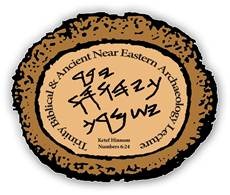A lot has been written about the recent announcement of two portable shrines discovered at Khirbet Qeiyafa. I might draw your attention to a small portion of what has been written in the last two days.
To get a better sense of just what is depicted on the shrines, start with the captions on Luke Chandler’s post.
Luke also addresses the question of whether the shrines are “aniconic,” though as discussion in the comments there indicate it seems best to recognize that while the shrines have depictions of animals, this does not necessarily violate the biblical command against worshipping images.
John Hobbins says that the new discoveries are “boring” because “they are compatible with biblical traditions about the time period in question.”
When you see similar shrines such as those posted by Tom Verenna and Owen Chesnut, the uniqueness of these discoveries is certainly diminished.
Leen Ritmeyer rejects any connection between these shrines and the temple, declaring that “their
origin is patently Pagan and not Biblical.”
Nadav Na’aman believes that the shrines were Canaanite and “had no connection to Jerusalem.”
Aren Maeir makes some brief observations and asks, “Why does this prove ANYTHING about the
accuracy of the bible, the existence of the United Monarchy, etc.?”
James McGrath provides a lengthy list of links.
Finally, it may be worth observing that much of the present discussion concerns the sensational interpretation of the objects and that if the excavators did not promote theories without sufficient evidence these discoveries would be like all the others—described in excavation reports and unknown to most. The question, then, is whether increased publicity is worth inflated or inaccurate claims.




